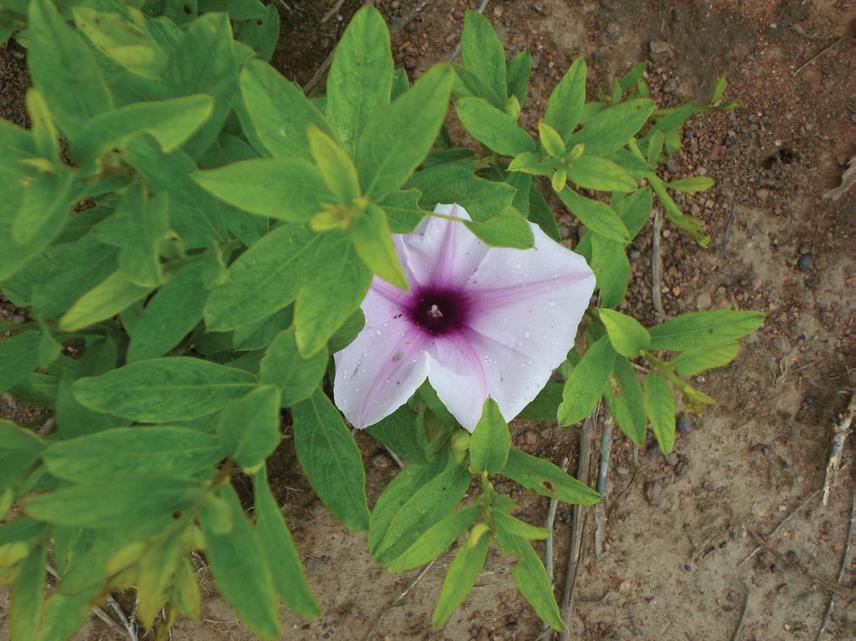Dassou Gbewonmedea Hospice
Other projects
7 Nov 2016
Assessing Ecological Status, Threats and Conservation of Ipomoea beninensis, an Endemic Plant Species in Benin
26 Mar 2018
Reproductive Ecology and the Persistence of Ipomoea beninensis, an Endemic Plant Species in Benin
27 Jan 2023
Long-Term Conservation Planning for Endemic, Locally Restricted Range and Threatened Plant Species in Benin
We aim to: a) collect seeds of EECEV across Benin, assess their desiccation tolerance and their germinative abilities, b) set up a seed-bank at the BGAC, and c) initiate production of seedlings of the EECEV to supply the BGCA and other institutions for planting out in their natural habitats.

Ipomoea beninensis; in a fallow at Toucountouna. © G.H. Dassou, D. Djidohokpin and M. Zountangni
In conservation science, in-situ conservation has been preferred to ex-situ conservation. However, when in-situ conditions are not suitable, ex-situ conservation becomes compulsory to save species. This is the case of Ipomoea beninensis Akoègninou, Lisowski & Sinsin (Convolvulaceae), one of the endemic species of Benin. Since 2016, in spite of the implication of local people in its conservation, its habitats continue to be converted into farmland. This harsh disruptive interference, coupled with the physical dormancy of its seeds and attacks by insects, explain its low density and natural regeneration rate. Consequently, additional actions are needed for its long-term effective conservation. This project comes to boost the two previously conservation efforts financed by Rufford Small Grants Foundation by creating a seedbank for the long-term storage and conservation of its seeds.
Due to the relatively low cost for developing such storage capacities for genetic resources, it is profitable to include seeds from all species with high national priority conservation into the new seedbank. First, focus will be on the three endemic, and 15 extinct-in-the-wild, critically endangered, endangered and Vulnerable species (EECEV) on the international/Benin Red-List. In fact, EECEV should normally receive important conservation actions from the Botanical and Zoological Garden of the University of Abomey-Calavi (BGAC). Unfortunately, in the BGAC, for most tree species, we have less than three individuals. Also, no individual of the three endemic species is found there. This demonstrates that BGAC along is not sufficient in safeguarding these species. Supplementing the BGAC through establishment of a seedbank will add value to the ongoing conservation effort there. We aim to:
a) collect seeds of EECEV across Benin, assess their desiccation tolerance and their germinative abilities,
b) set up a seedbank at the BGAC,
c) initiate production of seedlings of the EECEV to supply the BGCA and other institutions for planting out in their natural habitats.